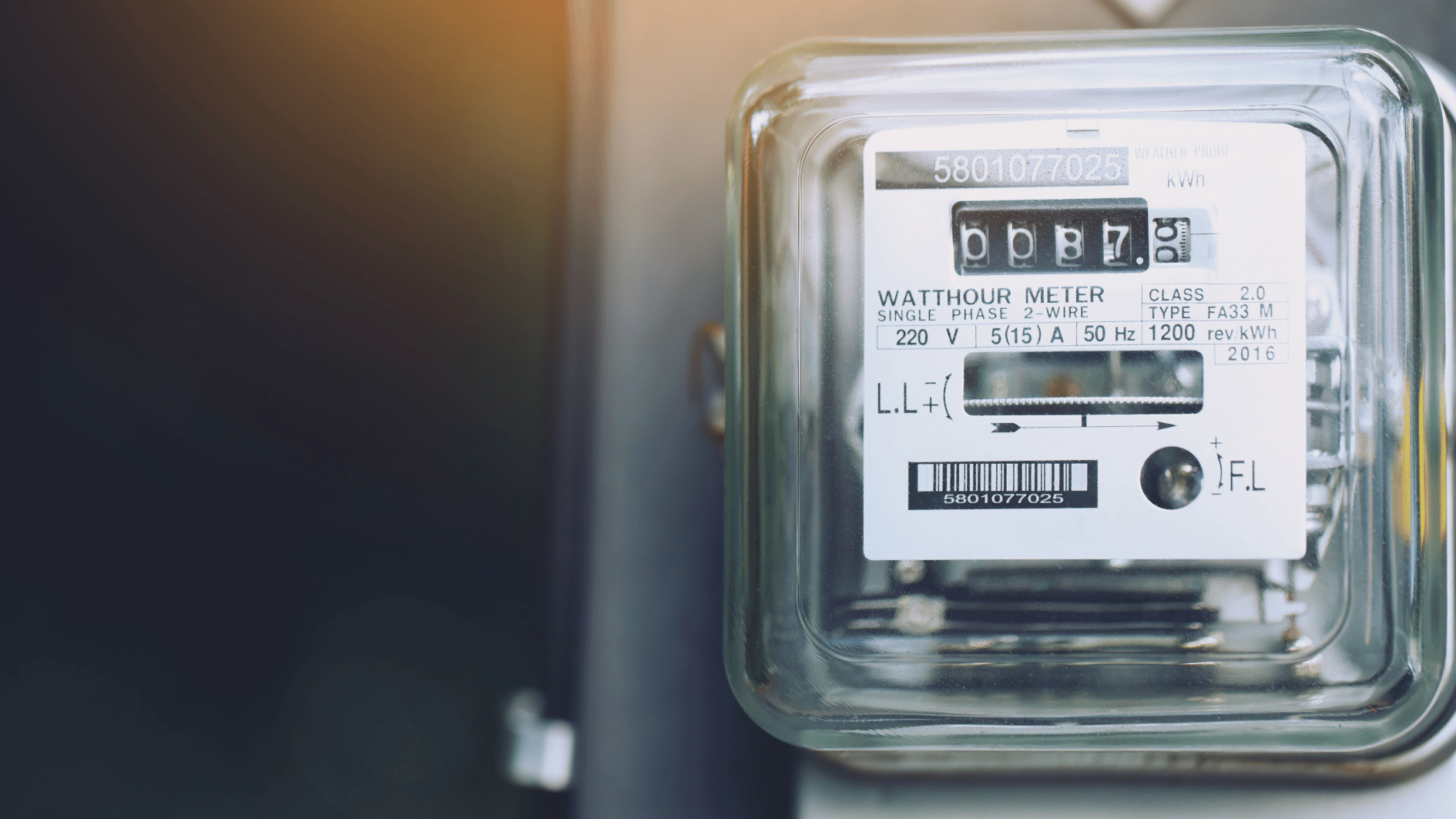Image source: Canva.com
Electricity prices often vary throughout the day due to fluctuating demand and supply conditions. Knowing the cheapest hours for electricity usage can help you save money on your energy bills and reduce strain on the power grid. This article delves into when electricity is typically the cheapest and how you can take advantage of these periods.
Understanding Time-of-Use Pricing
Many electricity providers use a pricing model known as Time-of-Use (TOU). This structure divides the day into periods of high, medium, and low demand, with corresponding price rates:
- Peak hours: These are the times of highest demand, typically during weekday afternoons and evenings when people return home and use appliances, heating, or air conditioning. Electricity is most expensive during these hours.
- Off-peak hours: During late nights and early mornings, demand is lower, resulting in cheaper electricity rates.
- Mid-peak hours: These periods fall between peak and off-peak hours, with moderate pricing.
Factors Affecting the Cheapest Hours
- Location and utility policies: Electricity rates and peak hours vary depending on where you live and your utility provider’s policies.
- Seasonal demand: In summer, peak hours may extend due to air conditioning use, while in winter, heating systems might drive demand.
- Weekend pricing: Some providers offer lower rates on weekends and holidays, as overall demand tends to decrease.
How to Identify Your Cheapest Hours
Review Your Electricity Bill
Look for details about TOU pricing or rate schedules.
Check Utility Provider’s Website
Most companies publish TOU schedules and rates online.
Smart Meters
If you have a smart meter, it provides real-time data on your electricity usage and costs, helping you pinpoint the cheapest hours.
Contact Customer Service
Your utility provider can give you a detailed breakdown of rate plans and peak times.
Typical Cheapest Hours
While exact times vary, off-peak hours generally fall:
- Weekdays: Late evening (9 PM to 7 AM)
- Weekends and holidays: Often all day or extended off-peak periods
Practical Tips for Reducing Costs
- Shift energy-intensive activities: Run dishwashers, washing machines, and dryers during off-peak hours.
- Program your thermostat: Schedule heating or cooling to operate more during off-peak times.
- Use smart appliances: Modern appliances often have timers or remote controls that allow you to set them to run during cheaper hours.
- Charge devices overnight: Plug in electric vehicles, phones, and other electronics during off-peak periods.
- Invest in solar panels: Generate your electricity during the day to reduce dependency on the grid.
Questions to Consider
What types of electricity rate plans does your utility offer?
Many utilities provide various residential rate plans, including:
- Time-of-use (TOU) plans: Rates vary based on peak, off-peak, and sometimes super off-peak hours.
- Tiered rate plans: Rates increase with higher energy usage.
- Solar rate plans: Tailored for solar panel users, accounting for energy use timing and net metering.
- Special utility programs: Offered for electric vehicle charging or energy conservation efforts.
What are peak vs. off-peak electricity hours?
Under TOU plans, electricity costs more during peak demand periods when usage is high, typically in the afternoon on hot days. Off-peak hours, usually at night, offer cheaper rates.
When can you benefit from cheaper electricity rates?
Electricity is generally cheaper late at night or early morning, when demand is lower. Adjusting your usage to these off-peak hours can reduce your bill.
Can you adjust your habits to use electricity during off-peak hours?
Consider scheduling high-energy activities like laundry or charging electric vehicles for off-peak times. Smart appliances and thermostats can help manage usage effectively.
How will switching to TOU rates affect your overall bill?
Compare your current electricity rates with those under a TOU plan. Ensure that potential savings during off-peak hours justify any changes in your usage patterns.
Maximize Savings with Additional Measures
- Install a battery: Store cheaper off-peak electricity for use during peak hours, reducing your overall electricity costs.
- Consider solar: Generate your own electricity to offset peak hour costs. Solar panels can be strategically installed to maximize savings under TOU plans.
Choosing the right electricity plan involves understanding your usage patterns and available options. Evaluate your utility’s offerings and consider technological solutions like batteries and solar to optimize savings and efficiency under TOU billing.





